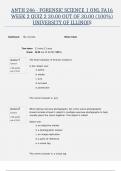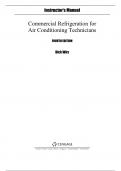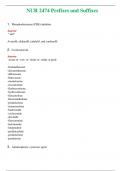Samenvatting
Samenvatting Organizational Change, ISBN: 9781292144313 Organizational Change for pre-MSc (EBB634B05)
- Instelling
- Rijksuniversiteit Groningen (RuG)
Samenvatting 'Organizational Change for Pre-MSc Boek: Organizational Change Auteur: Pearson Editie: 5
[Meer zien]









